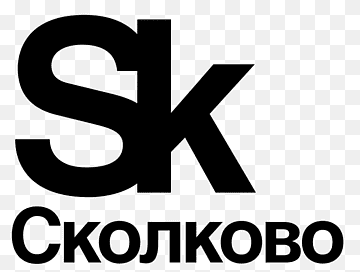Elemental analyses. Chemical composition.
The method of emission spectroscopy in ultraviolet (UV) and visible spectrum regions with photographic registration on the diffraction spectrophotometer DFS-13 is used to detect the initial and milled powders purity degree. DFS-13 is an instrument of high resolution and dispersion (0,05 A). The direct current arch serves as the excitation source; the strength of current is 9-11 A; exposure time is 45 s. Evaporation of the powder samples (weight 20-30 mg) occurs from the crater of a spectroscopically pure carbon electrode. The high purity fine carbon powder mixed with the powder under analysis (1:1) is used as the buffer mixture. Buffer serves to stabilize the conditions of spectra excitation and to govern the evaporation process. It slows down evaporation of some chemical elements and speeds up evaporation of some other elements. Quantitative determination of elements is performed on the basis of calibration curves which are obtained using a set of standard reference samples. The standard reference samples are made by successive dilution in the range of concentrations under determination (0,001-1,0 % wt.) for each chemical element. Standard reference samples are made from spectroscopically pure oxides on the basis of high purity carbon powder. Analysis of lines of standard reference samples and investigated powders is performed using MF-2 microphotometer. The relative accuracy of concentration determination is 10-15 %. Powders obtained by milling in planetary mills can contain significant quantity of adsorbed gases. Their mass fraction can be determined either as losses on annealing or determined by DTA or DTG methods. Sometimes before using the powders it is reasonable to degas them, especially in the case of superfine powders.
|

Active-nano (Andrey V. Petrov)

